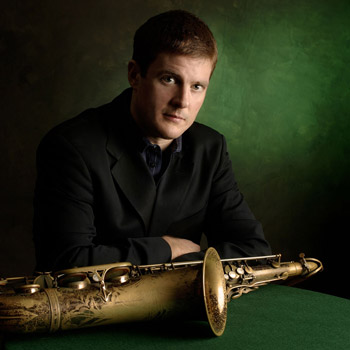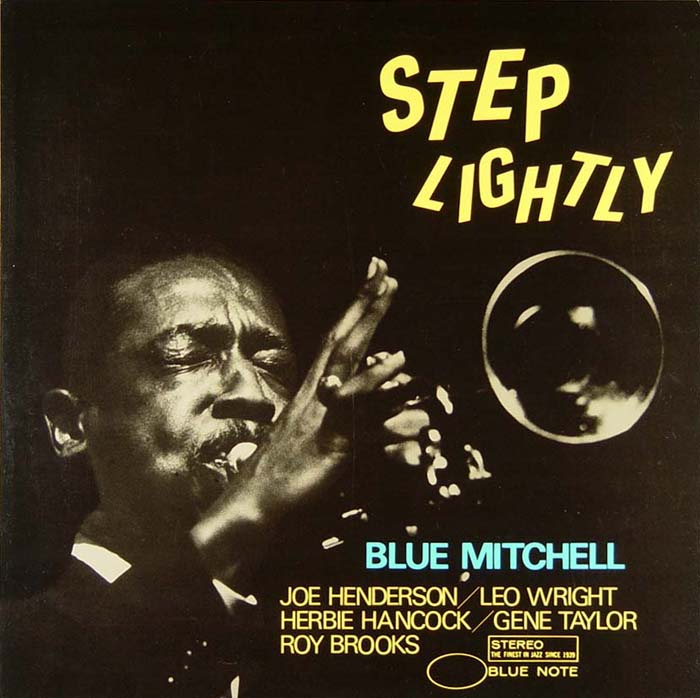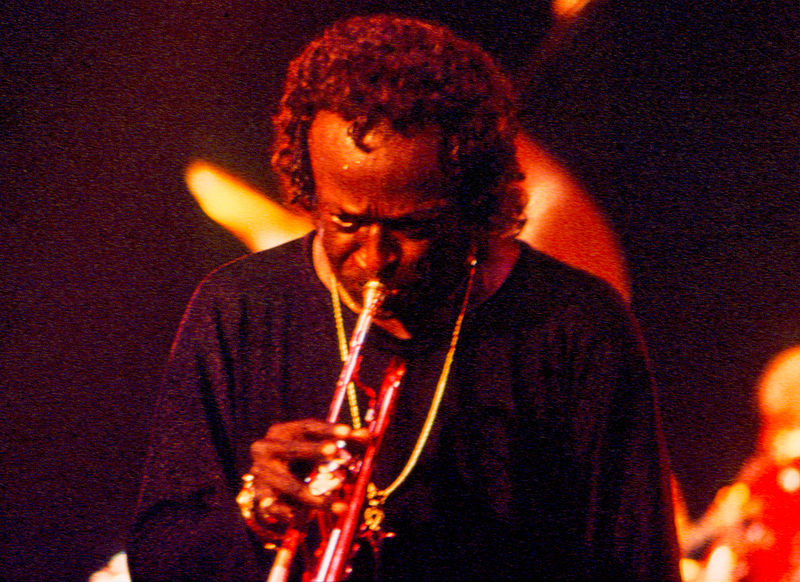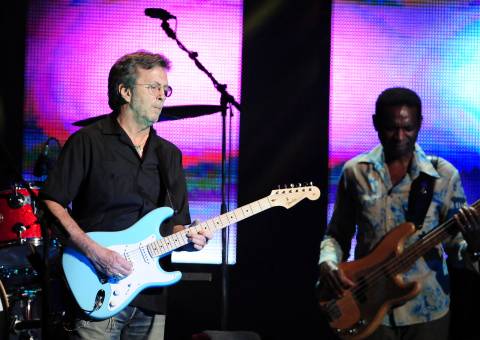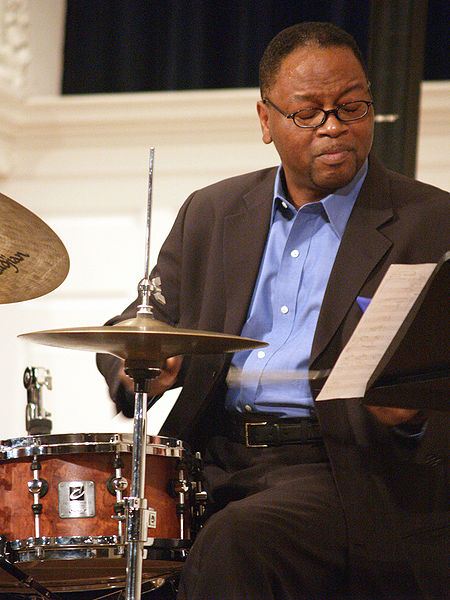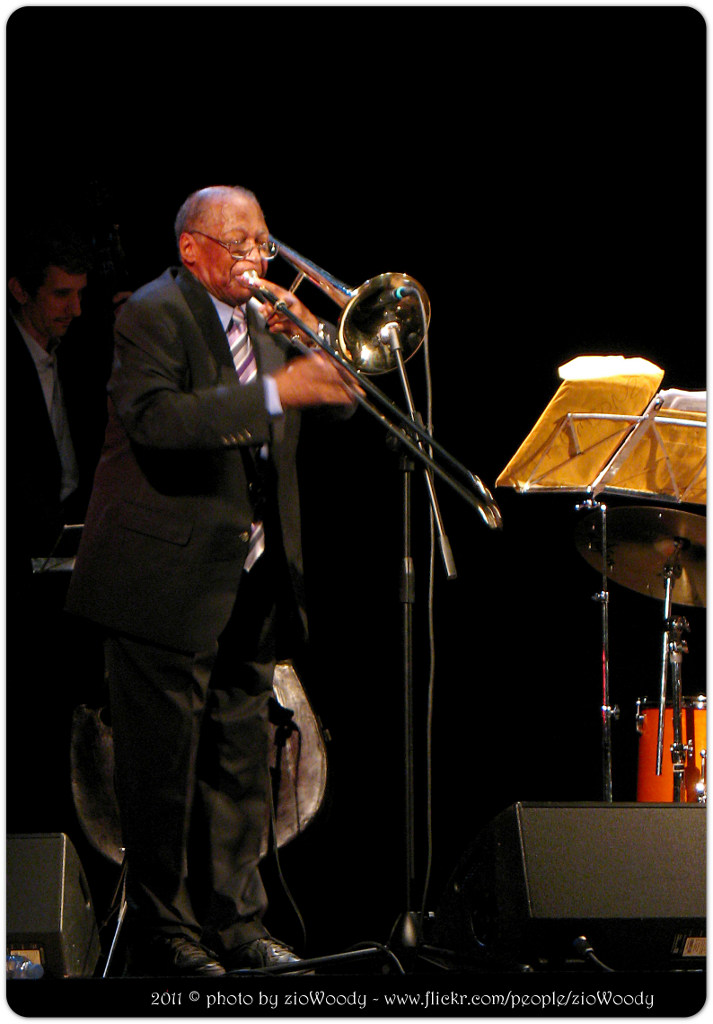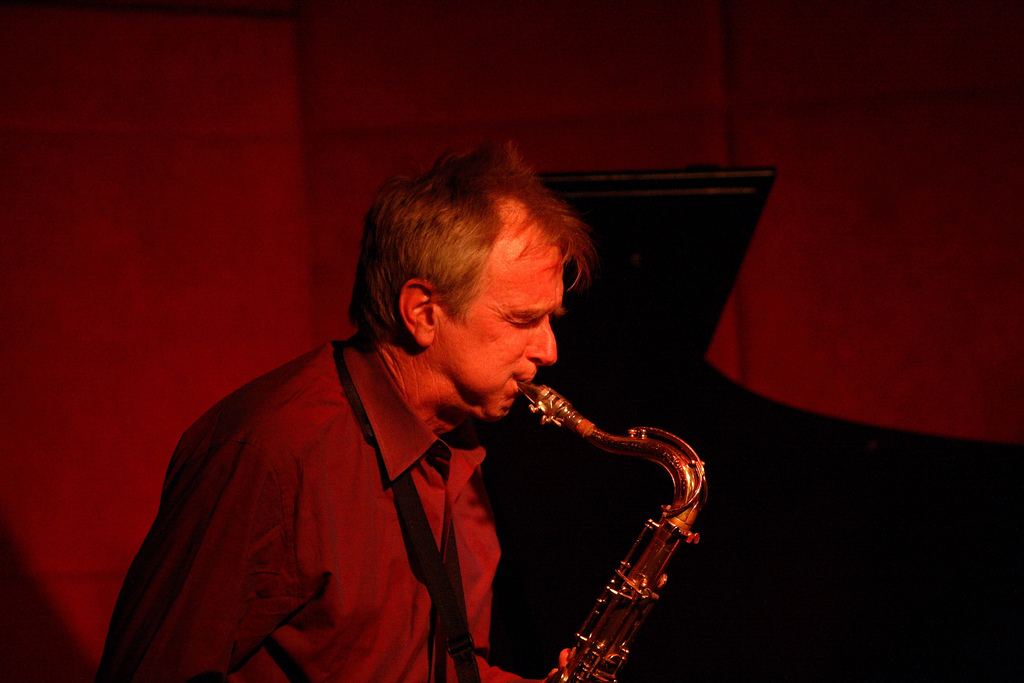
Audio clip: Adobe Flash Player (version 9 or above) is required to play this audio clip. Download the latest version here. You also need to have JavaScript enabled in your browser.
(Clip starts at mm 36 of the transcription which is the start of the solo)
Download the Transcription: Bb
*I can’t seem to find my original Finale file for this transcription. I’m in the process of creating a new one so that I can provide Eb, Concert pitch and bass clef versions of the solo; hopefully in the next few days.
This Bennie Wallace solo from the album Bennie Wallace Plays Monk is quite a unique approach to the blues form. Quite honestly I don’t even know where to begin analyzing this solo in terms of harmonic language; this solo is far different from anything other I’ve looked at. Bennie is clearly influenced by Monk in his use of harmony, interval jumps and even phrasing. In a few spots he is definitely basing his lines (or at least parts of his phrases) around certain intervals – typically starting low on the horn and jumping up by 6ths, 7ths, 8ths or 9ths. A lot of the solo is “out” with respect to the chord changes which has a great tension building effect. Bennie eases the tension a few times by hinting at a resolution to the 3rd of the I7 chord (see mm 83, 107-108, 217).
Starting around mm 145 the bass drops out making it a drum/sax duet. This section builds to a frenzy with more frequent octave leaps (mm 151, 158, 163, 165, 173 etc…) and more 16th note lines and flurries of notes up until the bass comes back in at mm 205. Bennie counterbalances the frantic nature of the duet section by holding out a nice long G for three beats in mm 205 which brings the tension back down and leads to the end of Bennie’s solo.
I really wish I could provide the full solo for you to listen to because it is insanely awesome. Please check out Bennie’s website and pick up this track on Amazon or iTunes. Definitely worth it to get some different ideas on the blues.
